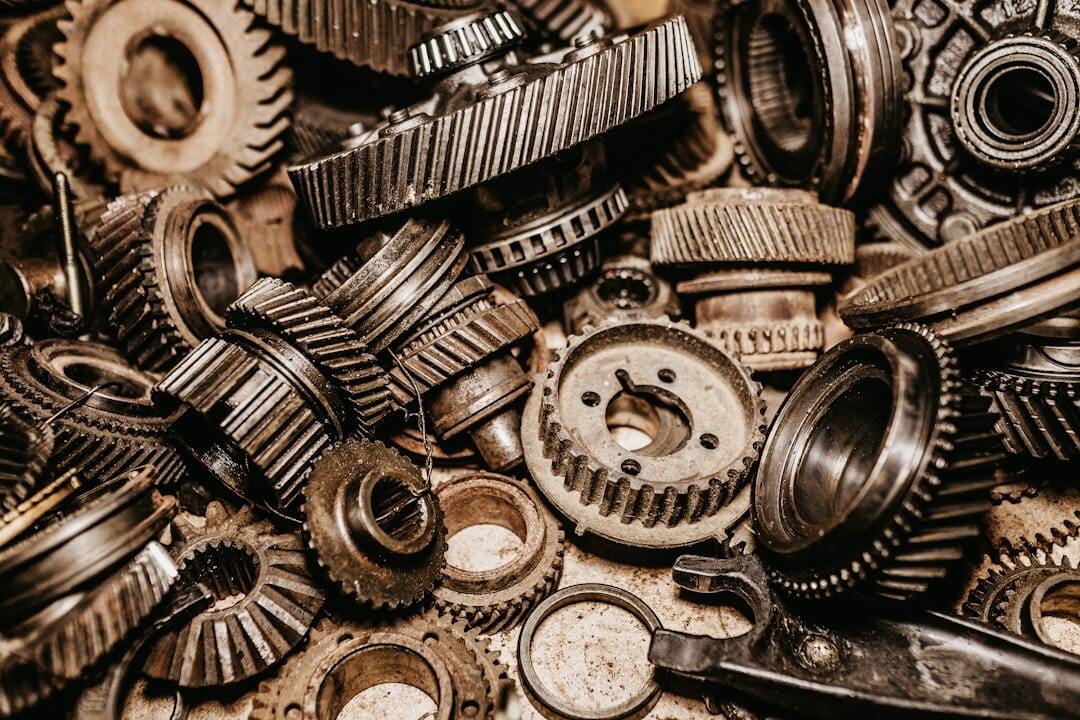- Kashif Khan
- Posts
- High Cholesterol—or Hidden Iron Overload?
High Cholesterol—or Hidden Iron Overload?
LDL may rise because iron is causing damage behind the scenes
Let’s talk about cholesterol.
Before you blame the butter or accept another statin prescription, consider this:
What if your LDL isn’t the problem? What if it’s the response?
LDL doesn’t rise without reason.
It increases to deal with damage in the body.
One of the biggest sources of that damage is unbound iron.

When iron isn’t properly bound to ferritin or transferrin, it circulates freely.
This “free iron” oxidizes—literally rusting your tissues from the inside out.
It drives inflammation, damages blood vessels, and sets the stage for chronic disease.
LDL steps in to contain the chaos. It binds to oxidized particles, patches damaged tissues, and acts more like a firefighter than an arsonist.
The problem is, most lab tests don’t show this clearly.
Ferritin can look “normal” even when free iron is elevated, because ferritin rises in response to inflammation.
So the true culprit—iron overload—goes unnoticed.
Statins then get prescribed as the solution.
But statins don’t remove the iron or repair the damage.
They just suppress LDL, silencing the very system trying to clean up the mess.
So if your cholesterol is high, it might not be a fat problem at all.
It might be an iron problem.
Until next time,
Kashif Khan
These statements have not been evaluated by the Food and Drug Administration. This product is not intended to diagnose, treat, cure, or prevent any disease. Information on this site is provided for informational purposes only. It is not meant to substitute for medical advice from your physician or other medical professional. You should not use the information contained herein for diagnosing or treating a health problem or disease or prescribing any medication. If you have or suspect that you have a medical problem, promptly contact your regular healthcare provider.